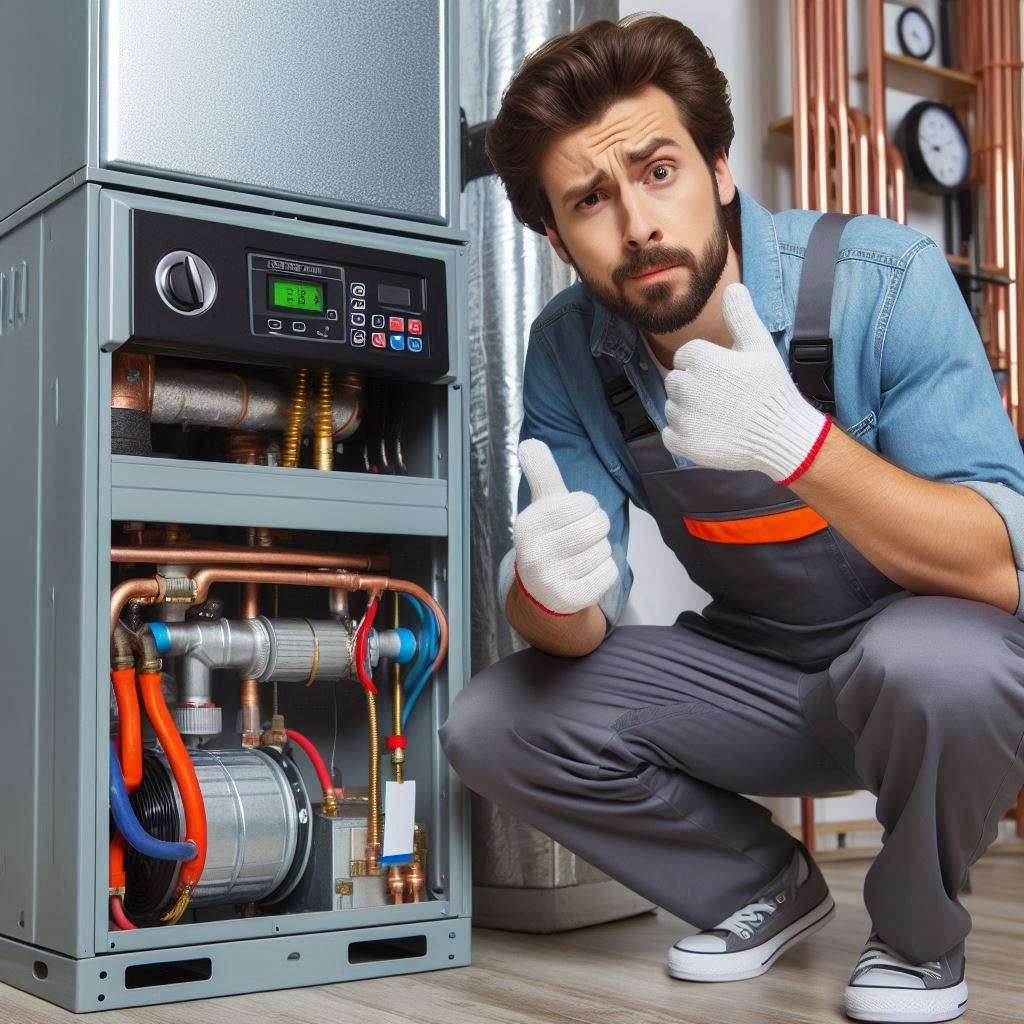
Heat pumps are becoming increasingly popular as a sustainable and efficient alternative to traditional heating systems heating systems like gas furnaces. In this article, we’ll explore how to use a heat pump, the benefits it offers, and why gas furnaces are no longer the best option. We’ll also discuss recent refrigerant changes in California and the latest codes for correct heat pump installation.
How to Use a Heat Pump
Using a heat pump is relatively straightforward, but understanding its operation can help you maximize its efficiency and comfort. Here are the basic steps:
- Setting Up for Summer: During the warmer months, set your heat pump to the “cool” mode. Keep the thermostat at a constant temperature, around 78°F (26°C), for optimal efficiency1. Ensure good airflow by keeping doors and windows open.
- Operating in Winter: In colder months, switch your heat pump to the “heat” mode. The heat pump will extract heat from the outside air and transfer it indoors2. Maintain a consistent temperature and use a programmable thermostat to save energy when you’re away.
- Maintenance: Regular maintenance is crucial for keeping your heat pump running efficiently. Clean or replace air filters regularly, keep the outdoor unit free of debris, and schedule annual professional inspections3.
Benefits of Heat Pumps
Heat pumps offer several advantages over traditional heating systems:
- Energy Efficiency: Heat pumps transfer heat rather than generating it, making them highly energy-efficient. They can reduce energy consumption by up to 40%, leading to significant savings on utility bills4.
- Environmental Friendliness: By using less energy and emitting fewer greenhouse gases, heat pumps are a more sustainable option. They can help reduce your carbon footprint and contribute to a cleaner environment5.
- Cost-Effectiveness: Although the initial installation cost may be higher, the long-term savings on energy bills make heat pumps a cost-effective choice. Additionally, many governments offer rebates and incentives for installing heat pumps2.
- Versatility: Heat pumps can provide both heating and cooling, making them a versatile solution for year-round comfort. They can be installed in various types of homes, including those without ductwork2.
- Low Maintenance: Heat pumps generally require less maintenance compared to traditional heating systems. Regular filter changes and annual inspections are usually sufficient to keep them running smoothly3.
Why Gas Furnaces Are No Longer Ideal
Gas furnaces have been a common heating solution for many years, but they come with several drawbacks:
- Environmental Impact: Gas furnaces burn fossil fuels, releasing carbon dioxide and other pollutants into the atmosphere. This contributes to climate change and air quality issues4.
- Energy Inefficiency: Gas furnaces generate heat by burning fuel, which is less efficient than transferring heat as heat pumps do. This results in higher energy consumption and costs.
- Safety Concerns: Gas furnaces pose potential safety risks, such as carbon monoxide leaks and gas leaks, which can be hazardous to health and property.
- Higher Operating Costs: The cost of natural gas can fluctuate, leading to unpredictable heating expenses. Additionally, gas furnaces may require more frequent repairs and maintenance.
Refrigerant Changes in California
California has implemented changes to refrigerants used in heat pumps and other HVAC systems to reduce their environmental impact. The state has phased out hydrofluorocarbons (HFCs), which are potent greenhouse gases, in favor of more environmentally friendly alternatives4. These changes align with global efforts to reduce the use of HFCs and mitigate climate change.
Up-to-Date Codes for Heat Pump Installation
To ensure safe and efficient heat pump installation, it’s essential to follow the latest codes and regulations. Here are some key points:
- Permits and Inspections: Obtain the necessary permits and have the installation inspected by a qualified professional to ensure compliance with local codes.
- Proper Sizing: Ensure the heat pump is properly sized for your home to provide optimal performance and efficiency.
- Ductwork Considerations: If your home has existing ductwork, ensure it is in good condition and properly sealed to prevent energy loss.
- Refrigerant Handling: Follow proper procedures for handling and disposing of refrigerants to comply with environmental regulations.
- Professional Installation: Hire a certified HVAC technician to install the heat pump, as improper installation can lead to inefficiency and safety issues.
Conclusion
Heat pumps offer a sustainable, efficient, and cost-effective solution for heating and cooling homes. By understanding how to use a heat pump, recognizing its benefits, and staying informed about refrigerant changes and installation codes, you can make an informed decision to switch from a gas furnace to a heat pump. Embracing this technology can help you save money, reduce your environmental impact, and enjoy year-round comfort.
Written by: Koba Razmadze, HVAC Contractor with 35+ Years of Experience
Koba Razmadze is the owner of RK Mechanical Air Services and holds a C20 Contractor License (#1064548). With over 35 years of experience in the HVAC industry, Koba specializes in both residential and commercial HVAC systems, ensuring expert-level service and advice.
Contact Information:
- Phone: +1-916-634-0442
- Email: hvac@rkmechanicalairservices.com
We encourage our readers to leave comments or questions below. Your feedback is important to us, and we’re here to help with any HVAC-related inquiries you may have.



